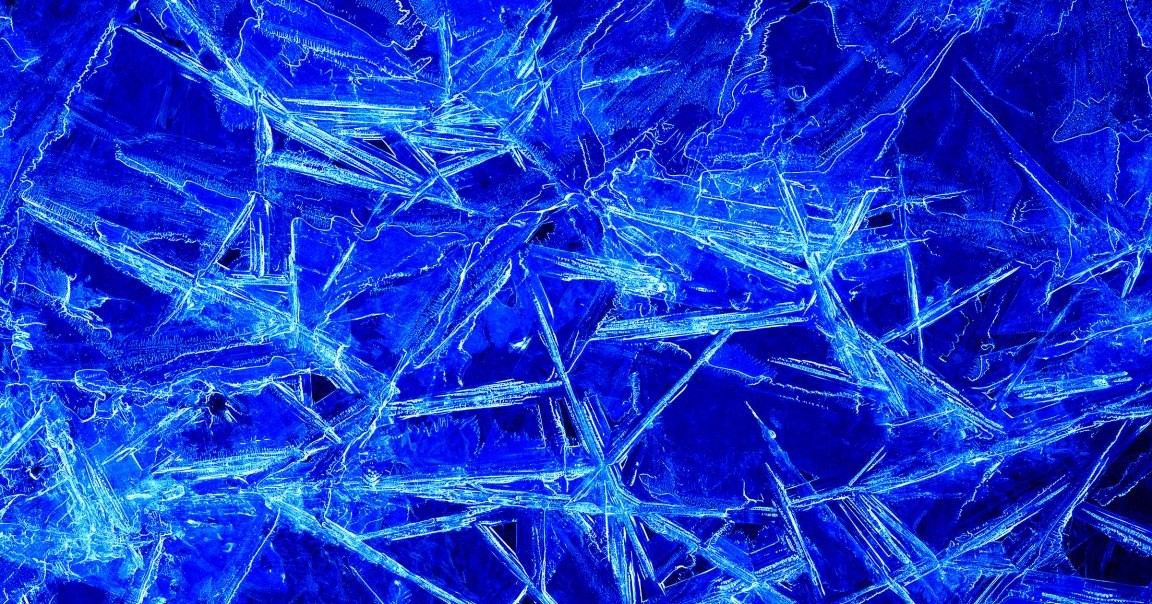
Scientists have created a new phase of ice that can form at room temperature.
As detailed in a new paper published in the journal Nature Materials, the new phase, dubbed XXI, requires extreme levels of pressure to form. As its name suggests, it’s the twenty-first form of ice to have been identified, joining a fascinating array of other structures ranging from hexagonal and cubic to superionic, which can be found on the surface of gas and ice giants like Neptune or Uranus.
The finding shows just how many phases of water’s solid state there really are — and how much there’s still to learn about the extremely abundant stuff. The research could even help explain how extraterrestrial forms of ice found on distant moons came to be.
The research is a collaboration between Korea Research Institute of Standards and Science (KRISS) researcher Geun Woo Lee and scientists at the European X-Ray Free-Electron Laser Facility (XFEL), the world’s largest X-ray laser, and the German Electron Synchrotron (DESY) Research Center.
XXI ice forms when water is rapidly compressed to extraordinary levels at room temperature. It’s only stable under extremely specific conditions.
It’s a major outlier in the group of almost two dozen forms of ice known to us, as most of them form at either high or low temperatures, according to a writeup of the research.
“Rapid compression of water allows it to remain liquid up to higher pressures, where it should have already crystallized to ice VI,” Lee explained, referring to a phase that is believed to be found in the interior of icy moons Titan and Ganymede.
Put differently, XXI appears to be one possible intermediary stage between water and the exotic phase of ice found on distant icy moons.
Using a diamond anvil cell, a high-pressure device that has been used in materials science to recreate pressures present deep inside planets, the team observed what happened when water was put under two gigapascals of pressure, or roughly 20,000 times atmospheric air pressure.
They then released the pressure over one second to see how the crystalline structures would react, before repeating the process hundreds of times.
Despite being at room temperature, the water’s molecules packed together to form ice, albeit in a much more tightly packed structure.
The team then used the XFEL to capture images of the sample every microsecond, the equivalent of capturing footage with a high-speed camera, to watch how the ice structure formed.
“With the unique X-ray pulses of the European XFEL, we have uncovered multiple crystallization pathways in H2O which was rapidly compressed and decompressed over 1000 times using a dynamic diamond anvil cell,” Lee explained.
“Our findings suggest that a greater number of high-temperature metastable ice phases and their associated transition pathways may exist, potentially offering new insights into the composition of icy moons,” coauthor and DESY researcher Rachel Husband added.
More on water ice: NASA’s James Webb Telescope Just Found Frozen Water Around Another Star